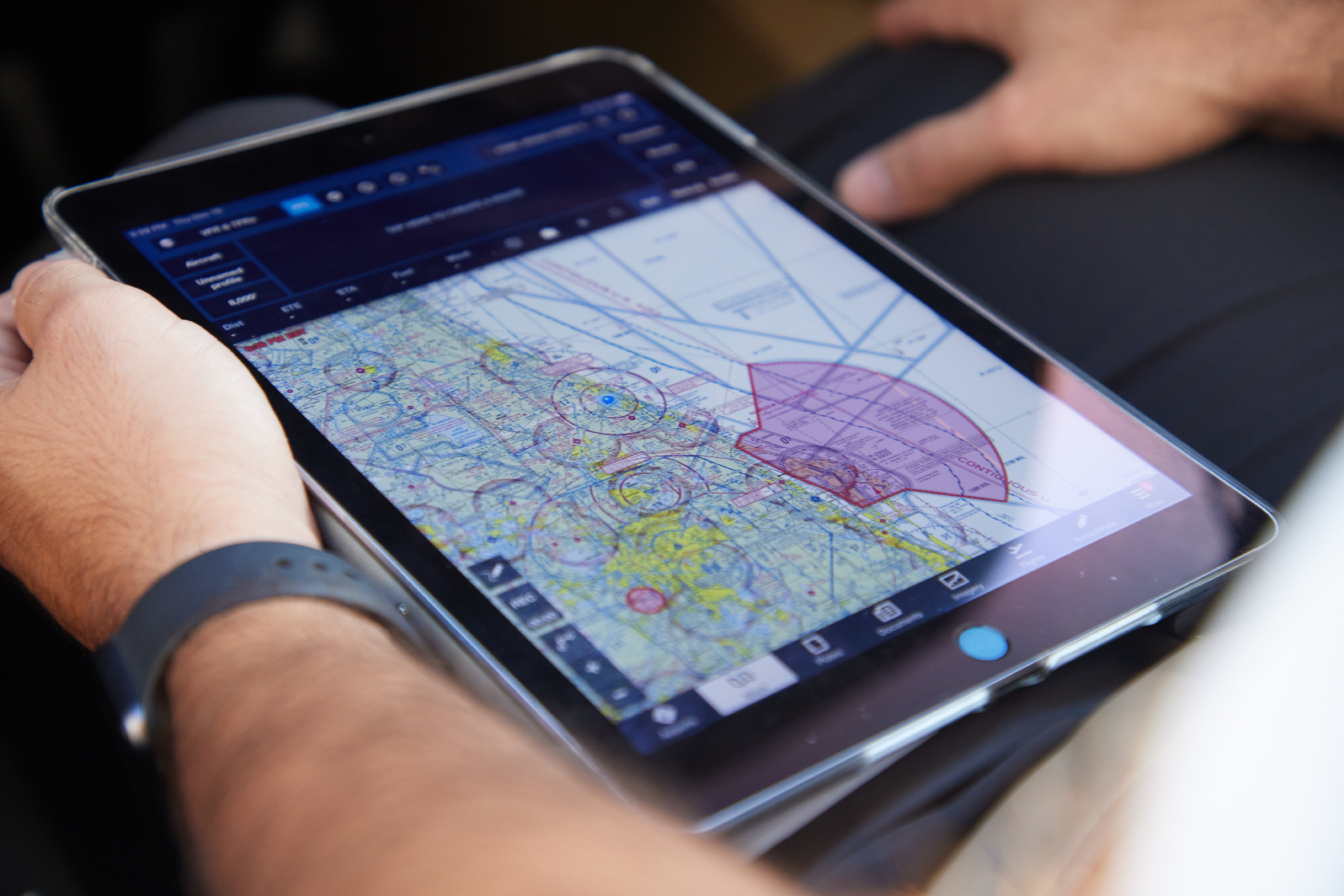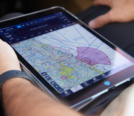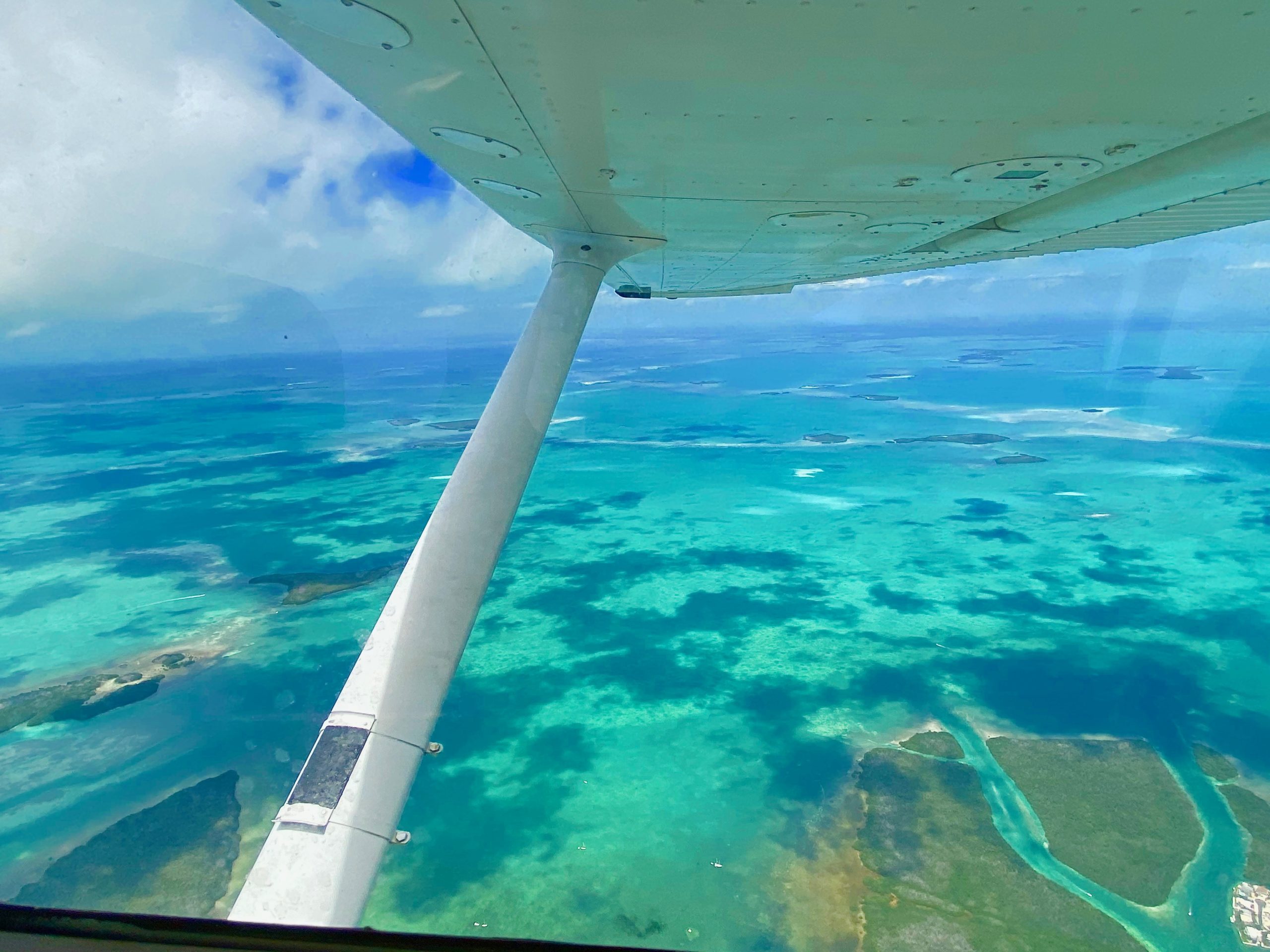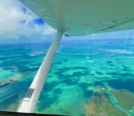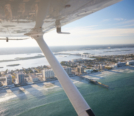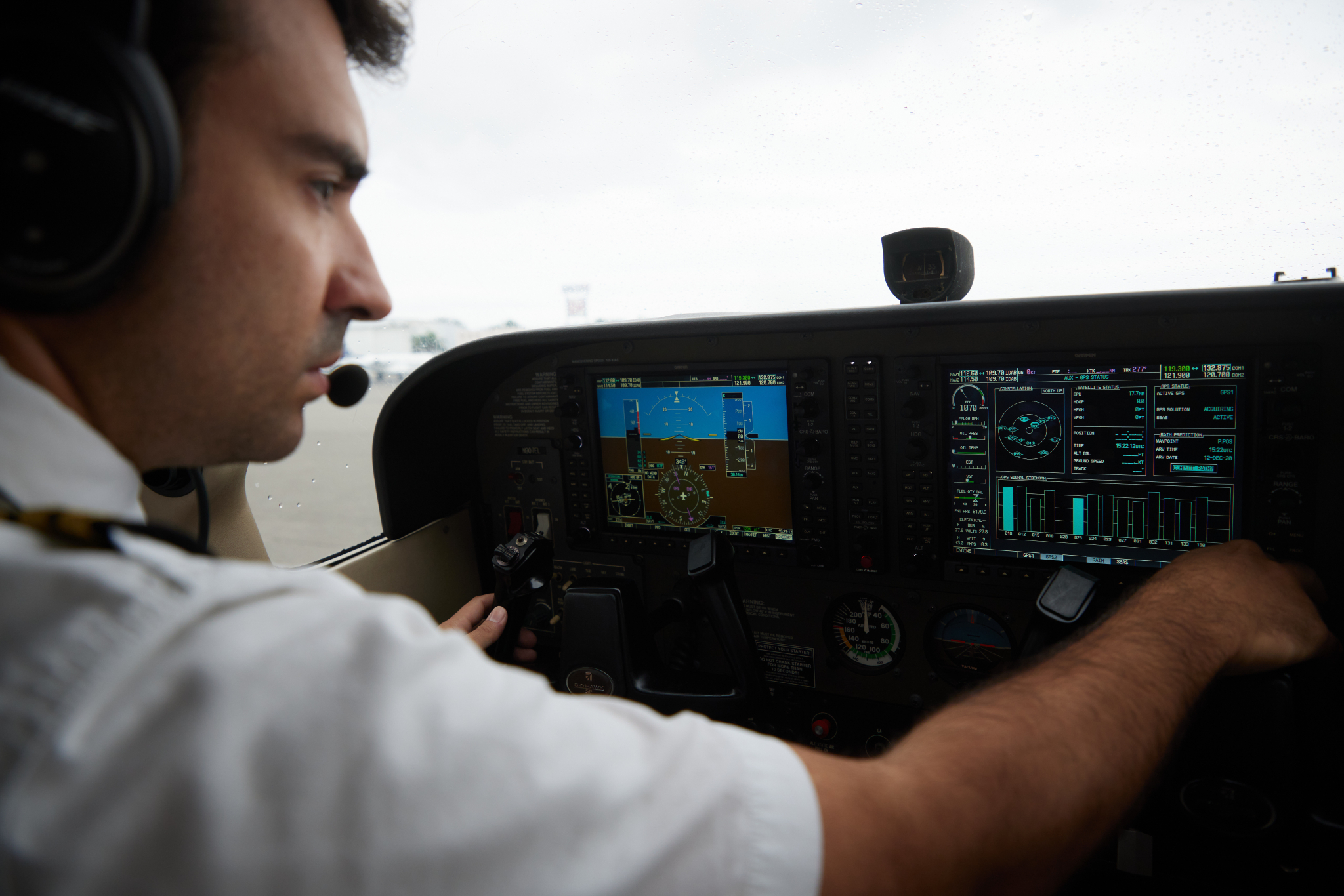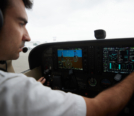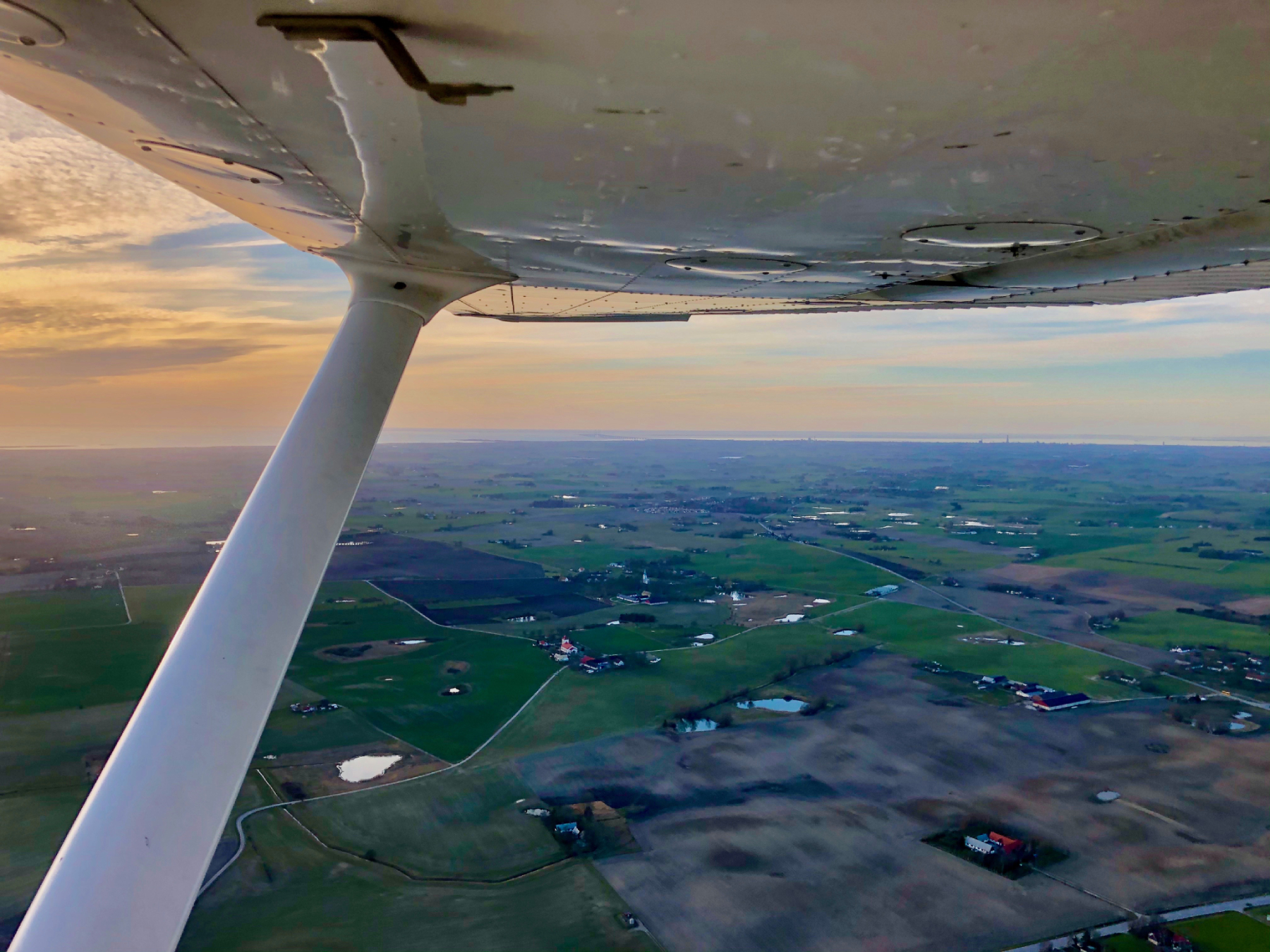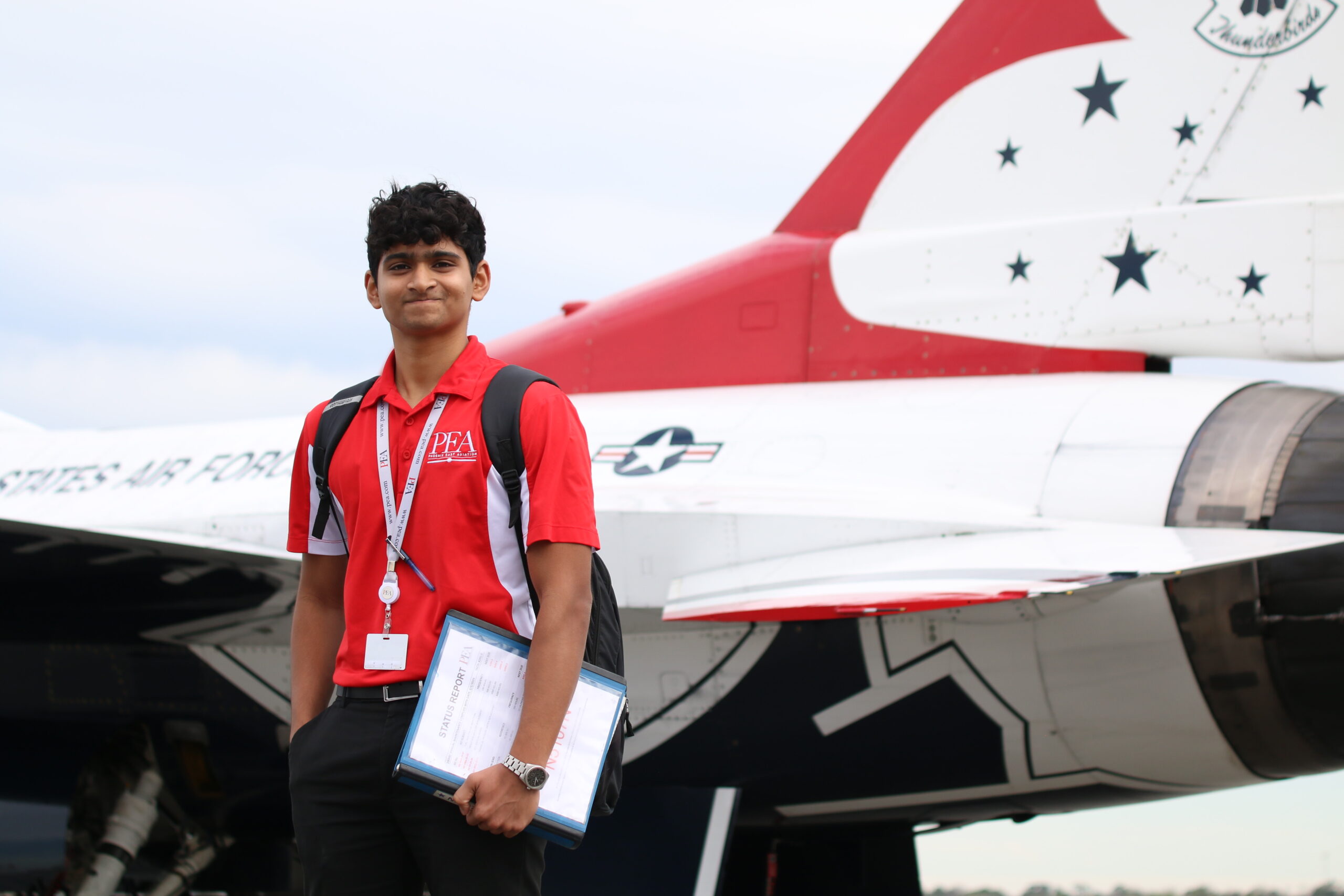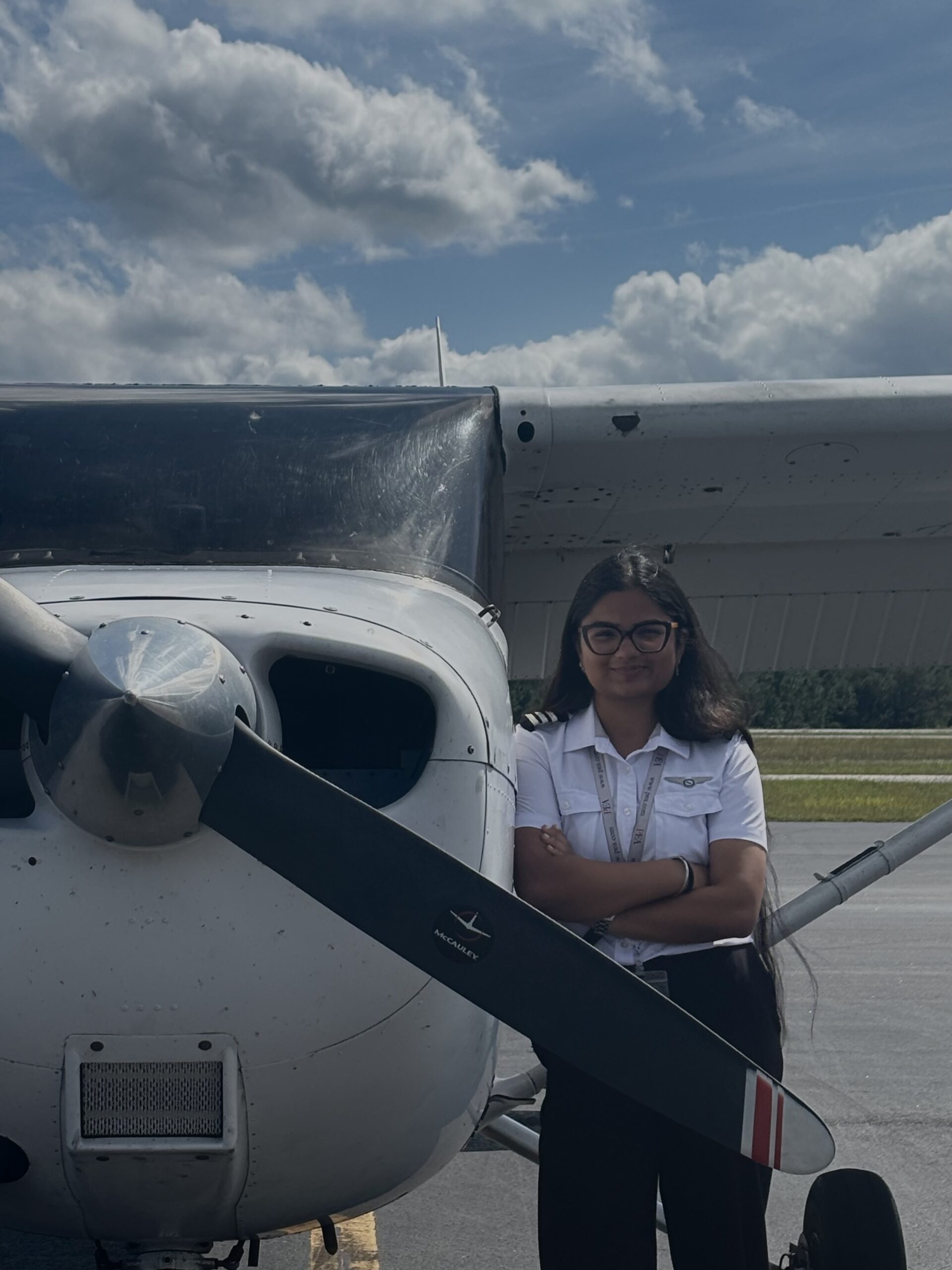What FAA Regulation/Career Pathway Are You Interested In?
Find a job you love, and you will never have to work a day in your life. Those are the famous words of both Mark Twain and Confucius, and also advice one should consider when choosing a career. Those who choose to follow their dreams to become a pilot learn quickly that there are several paths they can fly down upon successfully completing their flight training. Ultimately, there are career paths that go beyond flying commercial passenger aircraft.
Phoenix East Aviation (PEA) prepares their student pilots to have successful careers in aviation. This month’s newsletter examines the different pilot career options and their corresponding Federal Aviation Regulations (FAR).
Get started, flight training options and outcomes
The first step of achieving the goal of becoming a pilot is by completing flight training. Phoenix East Aviation, a flight training facility, offers several programs and courses a student can complete. There are full Private and Professional Programs which take a student from “zero to hero” with no prior flying experience, or individual Part 141 or Part 61 courses.
Understanding the differences between the two types of FAA training regulations and different flight training programs is important when choosing what will help an individual get to their ultimate goal. Phoenix East Aviation offers both: Part 141 and Part 61 are two types of Federal Aviation Administration (FAA) regulations. Part 141 curriculum is FAA approved offering students the ability to have more structure. The FAA requires flight schools to have an approved curriculum, certified instructors, lesson plans, and stage checks for students’ proficiency at each stage of their training. PEA is uniquely approved by the FAA under FAR Part 141.55(e) to complete the Initial Commercial Pilot License in 50 hours, compared to nearly all other FAA Part 141 Flight Schools requirements of 120 hours. They have proved to the FAA they train at a high level of proficiency where they are able to provide their students with this unique opportunity. This helps cut down on both training timeline and cost! Whereas Part 61 allows for more flexibility in scheduling and is designed mainly for individuals who may have other commitments that limit their availability in full-time flight training. Students can move at their own pace and focus on the specific type of flying they want to do.
Upon the successful completion of flight training and building flight hours required for the ATPL (Airline Transport Pilot License), an individual is ready to go on and begin their piloting career. There are many career opportunities within the aviation industry, some of which many may not think of. With that, there are different Federal Aviation Regulations (FAR) depending on which sector a pilot decides to fly for.
Regional Airlines, Part 121
The most well known “first step into the skies” is through a regional airline. Regional airlines abide by FAR Part 121. For those pursuing a professional piloting role with major airlines, getting hired at a regional airline is nearly an essential first step. Regional carriers provide the realistic opportunity to gain important jet aircraft flight experience not available through general aviation piloting jobs alone. The aircrafts tend to be “mid size” as compared to legacy/mainline/major airlines. “Commercial” airlines include regional airlines. A Regional airline fleet oftentimes consist of aircrafts with less than 90 seats to include Bombardier CRJ-200, Embraer ERJ 145, and Embraer E-175. The type of fleet is important because it allows a pilot the ability to continue to gain experience flying and managing smaller aircraft, ultimately setting them up for success, but also the ability to continue gaining flight hours.
Most pilots begin their career by flying for a regional airline, and while some may choose to stay with a regional airline, many use it as a stepping stone to get themselves to a major airline. Pilots will accumulate enough experience and hours after about two to three years of flying before moving onto a major airline, allowing the pilot to reach new heights.
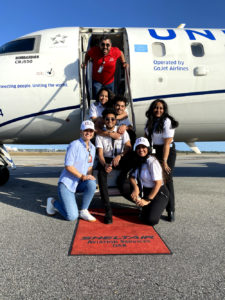 Major Airlines, Part 121
Major Airlines, Part 121
Major airlines are a different sector within the aviation industry, but still operate under the same Federal Aviation Regulations Part 121 similarly to regional airlines. The transition from a regional airline to a major airline looks different depending on the airline a pilot chooses to fly for. After accumulating the necessary experience and being successfully hired by an airline, a pilot will undergo extensive training, including becoming rated on the type of aircraft they will be flying. The fleet size of a major airline in comparison to a regional airline is vast, and the type of aircraft in their fleet differs as well. A major airline’s fleet will mainly consist of narrow and wide body, larger aircraft types such as Airbus and Boeing. When you speak to somebody who dreams of becoming a pilot, many will say aside from having an innate passion for aviation, they want to travel the world, but quickly realize that other advantages include job security, meeting new people while traveling, and having a flexible schedule. The initial challenges may not outweigh a pilot’s love for aviation, but can include intense scheduling demands, and cultivating and maintaining a work-life balance.
Cargo, Part 135 or Part 121
Let’s examine the cargo sector, its Federal Aviation Regulation (FAR), and what there is to know about it. Cargo carriers operate under FAR Part 135 and/or Part 121. Cargo pilots are essential because without them, how would freight be flown all over the world? According to Simply Flying Magazine, there has been a spike in demand for cargo pilots, “air cargo demand globally increased by over 8% in November 2023… The Asia-Pacific region experienced its highest increase of 13.7%, increasing nearly 30% compared to 2022” (Foster, 2024). If a cargo operation is conducted on a non-scheduled (on-demand) basis, involving smaller aircraft, it may fall under Part 135 regulations. The determination of whether a cargo operation falls under Part 135 or Part 121 depends on factors such as aircraft size, whether it is scheduled or on-demand, and other characteristics. Cargo carriers are subject to FAA regulations to ensure they are in compliance with safety and operational standards.
The job of a cargo pilot is to transport freight for a company both domestically and internationally. As a cargo pilot, there are many job responsibilities and types of schedules. The responsibilities as a cargo pilot go beyond operating an aircraft at all hours of the day. They are also responsible for the paperwork that must be signed after delivering the specific product they are transporting to its destination. The main job of a cargo pilot is to transport and deliver items. These shipments include mail, industrial supplies, electronics, food, and even emergency relief supplies. The schedule of a cargo pilot can vary, much like any pilot’s. They have the ability to fly domestically, internationally, 1-day trips, 2-week trips, all day flights and all night flying. Cargo under Part 135 doesn’t require ATP, however cargo under Part 121 does. Cargo aircraft come in all sizes, much like a passenger filled aircraft. The difference however is that although passenger pilots also carry cargo, it usually is in the form of luggage and their main focus is the transportation of people. However there isn’t an additional license type to fly a cargo aircraft aside from aircraft specific requirements.
Charter Aircraft, Part 135 or Part 91
The last airline sector this newsletter will examine is charter flights. This sector is unique in the sense that there are 2 different FARs in which one can operate under, depending on the nature of its operation. A charter flight involves the rental of an entire aircraft for a specific trip where passengers typically pay for the entire aircraft rather than paying for individual seats. Charter flights also have the capability of operating under Part 135 similarly to cargo pilots. However, a charter flight may also fly under FAR Part 91. The key difference is understanding that Part 135 operations can be done for commercial purposes, whereas Part 91 cannot. If the charter operation involves compensation or hire and is conducted on an on-demand basis, it will fall under Part 135. Conducting a charter flight under Part 135 must comply with certain operational, safety and maintenance requirements. A charter flight may fall under FAR Part 91 if they are conducted for non-commercial purposes.
Conclusion: Where you start your journey matters!
In conclusion, joining Phoenix East Aviation to complete flight training is truly the beginning of a successful aviation career regardless of which path an individual may take. An individual may begin their flight training solely based on their dreams of becoming a pilot, unaware of the opportunities that lie ahead of them. It is important to select the right path based on personal preference, lifestyle and ultimate pilot goals. It is okay to not know which path to take, so take time to explore and understand the different options available and be open to any opportunities that may arise. PEA hosts career events where Part 121 and Part 135 operators share details about the company they represent, the lifestyle and answer questions you may have. Additionally, PEA has a vast network of Alumni who are willing to offer their guidance to future pilots. Phoenix East Aviation is here to watch your pilot dreams take off!
Interested in learning more about what PEA has to offer and where to begin? Contact info2@pea.com for more information and to get in touch with our esteemed Admission Department.
Sources:
Careers at Zip Recruiter. ZipRecruiter. (n.d.). https://www.ziprecruiter.com/careers.
Foster, J. (2024, January 9). IATA: Air Cargo demand spiked by 8% in November. Simple Flying. https://simpleflying.com/iata-air-cargo-demand-spiked-november/



